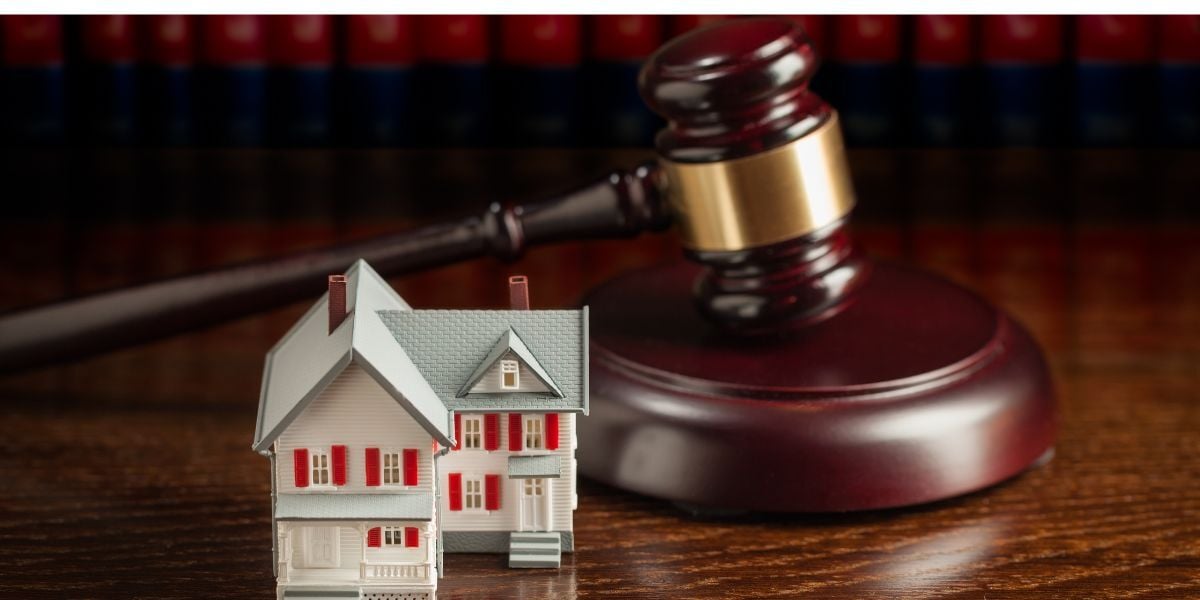Communication within a homeowners association is pivotal for fostering a cohesive community, ensuring smooth operations, and maintaining resident satisfaction. Effective communication not only enhances transparency but also promotes trust among board members, residents, and management companies. In this article, we’ll discuss essential strategies and tools that can enhance and streamline communication within your HOA.
Understanding the Stakeholders
A successful HOA hinges on effective communication and collaboration among its key stakeholders. Each group plays a crucial role in shaping the community's policies, maintaining its infrastructure, and ensuring the well-being of its residents. Here’s a deeper look into the primary stakeholders:
1. Board Members
Board members are elected or appointed volunteers who oversee the HOA’s governance and decision-making processes. Their responsibilities typically include:
- Policy Creation and Enforcement: Drafting and implementing community rules, regulations, and architectural guidelines to uphold property values and maintain community standards.
- Financial Oversight: Managing the HOA’s budget, collecting dues, and allocating funds for maintenance, repairs, and improvements.
- Community Advocacy: Representing the interests of homeowners, mediating disputes, and working with management companies, vendors and service providers.
Board members are entrusted with making decisions that impact the entire community, making effective communication among themselves and with residents paramount.
2. Residents
Residents are the heart of any HOA community, comprising homeowners who reside within its boundaries. Their involvement and satisfaction are crucial for the HOA’s success. Key aspects of resident involvement include:
- Compliance with Rules: Adhering to HOA rules and regulations to maintain community aesthetics, safety, and property values.
- Participation in Community Affairs: Attending meetings, voting in elections, and volunteering for committees or community events.
- Payment of Dues: Contributing financially through regular dues payments to support community upkeep and services.
Understanding residents' needs, concerns, and preferences is essential for fostering a cohesive community environment and ensuring their voices are heard in decision-making processes.
3. Management Companies
Many HOAs hire professional management companies to handle day-to-day operations and administrative tasks. These companies provide expertise in:
- Financial Management: Budgeting, accounting, and financial reporting to ensure transparency and fiscal responsibility.
- Administrative Support: Handling correspondence, maintaining records, and facilitating meetings.
- Vendor Management: Hiring and overseeing contractors for maintenance, repairs, and capital improvements.
Effective communication among these stakeholders is crucial for aligning community goals, addressing concerns promptly, and fostering a sense of unity. By understanding and catering to the needs of each stakeholder group, HOAs can cultivate a supportive and thriving community where residents feel informed, involved, and valued.
Strategies for Enhancing Communication
1. Establish Clear Communication Channels
Clear communication begins with defining channels through which information flows. Consider implementing the following channels:
- Regular Meetings: Schedule board meetings at consistent intervals to discuss community issues, updates, and decisions.
- Newsletters and Announcements: Distribute newsletters via email or physical mail to update residents on community events, policy changes, and maintenance schedules.
- Digital Platforms: Utilize HOA management software or dedicated websites for sharing documents, meeting minutes, and community updates in a centralized, accessible manner.
2. Promote Transparency and Accessibility
Transparency builds trust and ensures that all stakeholders feel informed and included. Practices to enhance transparency include:
- Document Accessibility: Make governing documents, financial reports, and meeting minutes readily available to residents via online portals or community bulletin boards.
- Open Communication Policies: Encourage board members and management to be approachable and responsive to resident inquiries and concerns.
3. Effective Use of Technology
Technology can streamline communication processes and improve efficiency:
- Email Lists: Maintain updated email lists for board members and residents to ensure timely dissemination of information.
- Social Media: Create private social media groups or forums where residents can discuss issues, ask questions, and engage with board members and management.
4. Establish Communication Protocols
Define clear protocols for different types of communication to maintain consistency and clarity:
- Emergency Protocols: Outline procedures for communicating emergencies such as weather alerts, security incidents, or infrastructure failures.
- Feedback Mechanisms: Implement structured feedback channels (surveys, suggestion boxes) to gather resident input on community issues and improvements.
5. Encourage Community Engagement
Active resident participation enriches community life and fosters a sense of belonging:
- Committees and Workshops: Form committees or host workshops focused on specific issues such as landscaping, neighborhood watch, or social events.
- Volunteer Opportunities: Promote volunteerism through community projects or events, encouraging residents to contribute to the betterment of their neighborhood.
6. Educational Initiatives
Educating residents about HOA operations and policies can prevent misunderstandings and promote cooperation:
- Orientation Sessions: Conduct orientation sessions for new homeowners to familiarize them with HOA rules, regulations, and communication channels.
- Workshops and Seminars: Organize educational seminars on topics such as budgeting, maintenance tips, or legal rights within the HOA.
Tools for Enhanced Communication
Choosing the right tools can significantly enhance communication effectiveness within an HOA:
- HOA Management Software: Platforms like Buildium, AppFolio, or CINC Systems streamline administrative tasks, document management, and communication.
- Email Marketing Platforms: Use platforms like Mailchimp or Constant Contact for distributing newsletters and updates to residents and stakeholders.
- Community Websites: Develop a user-friendly website with sections for announcements, community resources, and event calendars.
- Mobile Apps: Utilize mobile apps designed specifically for HOA communication and management, offering residents easy access to information and services on the go.
Addressing Communication Challenges
Despite best efforts, communication breakdowns can occur, with some members claiming they haven't received important communications. In such cases, proactive steps can mitigate these challenges:
- Confirmation and Feedback: Encourage residents to confirm their contact information regularly and provide feedback on the effectiveness of communication channels.
- Multiple Channels: Utilize multiple communication channels (email, newsletters, website postings, social media) to ensure redundancy in message delivery.
- Opt-in/Opt-out Options: Offer residents the ability to opt into specific communication channels or formats that suit their preferences.
- Follow-up: Implement a protocol for follow-up communications or reminders for critical messages, ensuring they reach all intended recipients.
Effective communication is the cornerstone of a well-functioning HOA, promoting harmony, transparency, and community engagement. By implementing clear communication strategies, leveraging appropriate tools, and fostering a culture of openness and collaboration, HOAs can enhance resident satisfaction, streamline operations, and build a stronger sense of community. Embrace these best practices to create a thriving HOA environment where all stakeholders are informed, involved, and valued.










